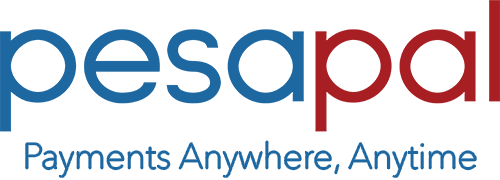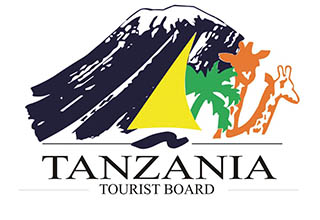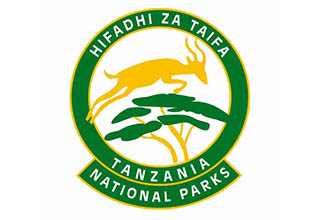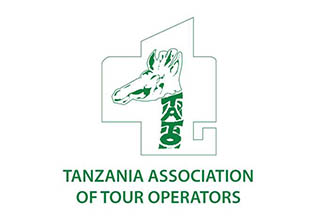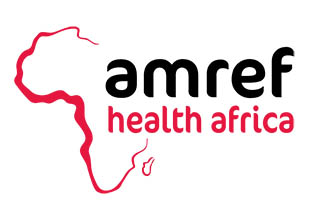Climbing Mount Kilimanjaro is all year round, between April to May, mid-October to late December. The best times are for January and February if you want a little more peace and quiet on the mountain, definitely if you climb by the Shira or Lemosho routes you are unlikely to see many other climbers until on the 3rd or 4th day of your climb and if you climb via the Rongai route you may have the whole camp to yourself. Without a doubt July to September is the busiest time on the mountain but it has slightly better weather for climbing.
Assurance for the summit bid
If you make a decision to climb during the wet season, especially in early January or early June conditions on the summit can be slightly tougher. Anticipate the average temperature to be colder and there to be a lot of snow. We advise that you take an extra day on the mountain if you’re climbing during the off-season in case bad weather suspends your summit attempt.
Due to Mount Kilimanjaro’s nearness to the equator, this region does not experience the extremes of winter and summer weather, rather than dry and wet seasons so it is mostly warmest and driest months as the best season to climb. The effects of rain, mud, snow, ice and cold can be of a challenge, in the same way, your chances of a successful summit also increases considerably with pleasant weather. Of course, the mountain gets more traffic during these periods as well.
Go through the table below for the best season you can prefer to choose.
|
Month |
Temperature |
Precipitation |
Cloudiness |
Traffic |
|
January |
Warm |
Medium |
Low |
High |
|
February |
Warm |
Medium |
Low |
High |
|
March |
Moderate |
High |
Medium |
Low |
|
April |
Moderate |
High |
High |
Low |
|
May |
Moderate |
High |
High |
Low |
|
June |
Cold |
Medium |
Medium |
Medium |
|
July |
Cold |
Medium |
Low |
High |
|
August |
Cold |
Low |
Low |
High |
|
September |
Moderate |
Low |
Low |
High |
|
October |
Moderate |
Low |
Medium |
Medium |
|
November |
Moderate |
High |
Medium |
Low |
|
December |
Moderate |
Medium |
Medium |
Medium |
January, February, and September are considered to be the greatest months in terms of weather, and correspondingly are the busiest months. From January through mid-March are the warmest months, with clear skies in the mornings and evenings. During the day, clouds may appear along with brief showers. From the end of March to early June is the long rainy season. Visibility may be low due to heavy clouds, but the crowds are gone. June, July, and August are good months and it is colder. Following September and October, the short rainy season lasts from November through the beginning of December, where afternoon rains are common, but skies are clear in mornings and evenings.
The full moon summit attempt.
When the peak of Kilimanjaro and magnificent glaciers are lit up by the full moon, the view is absolutely stunning. You can coincide to schedule a climb for this celestial event, occuring once a month. However, a practical reason for climbing at these times is that a bright moon along with a clear sky will improve your visibility throughout the summit attempt.
Check-out the below dates and book you trip now
|
Month |
2011 |
2012 |
2013 |
|
January |
19 |
9 |
27 |
|
February |
18 |
7 |
25 |
|
March |
19 |
8 |
27 |
|
April |
18 |
6 |
25 |
|
May |
17 |
6 |
25 |
|
June |
15 |
4 |
23 |
|
July |
15 |
3 |
22 |
|
August |
13 |
2, 31 |
21 |
|
September |
12 |
30 |
19 |
|
October |
12 |
29 |
18 |
|
November |
10 |
28 |
17 |
|
December |
10 |
28 |
17 |
To summit during a full moon, a 7-day climb should start 5 days prior to the full moon date. It is necessary to summit on the exact full moon date to take advantage of moonlight. A summit on the day before or day after is also beneficial. For those who favor a less crowded climb, avoid the full moon completely as these dates attract many climbers.




